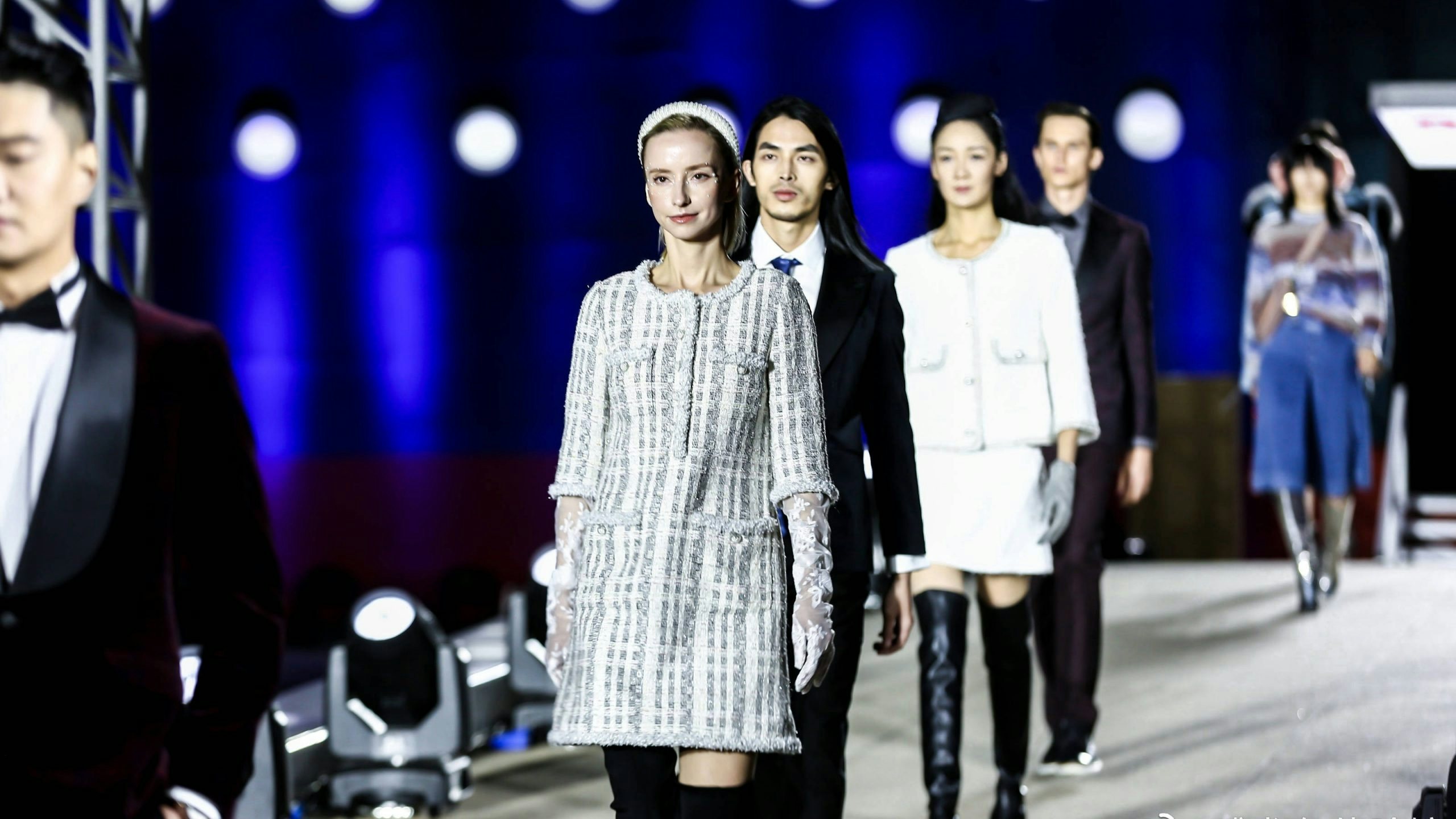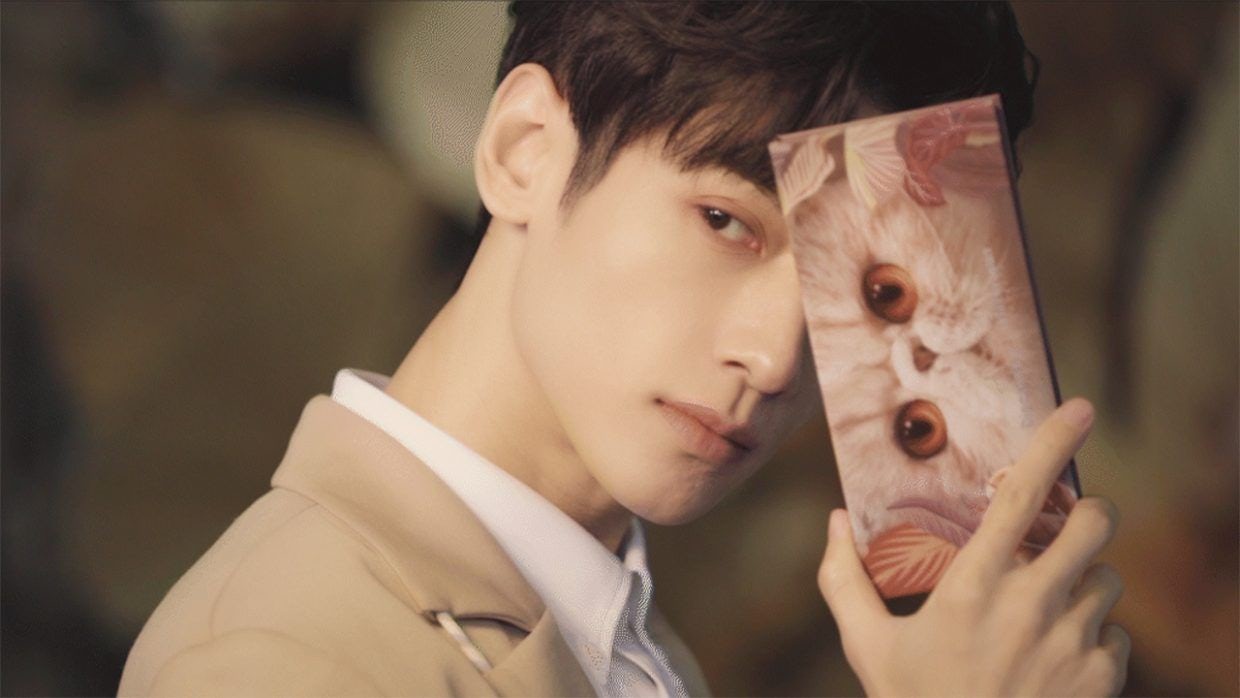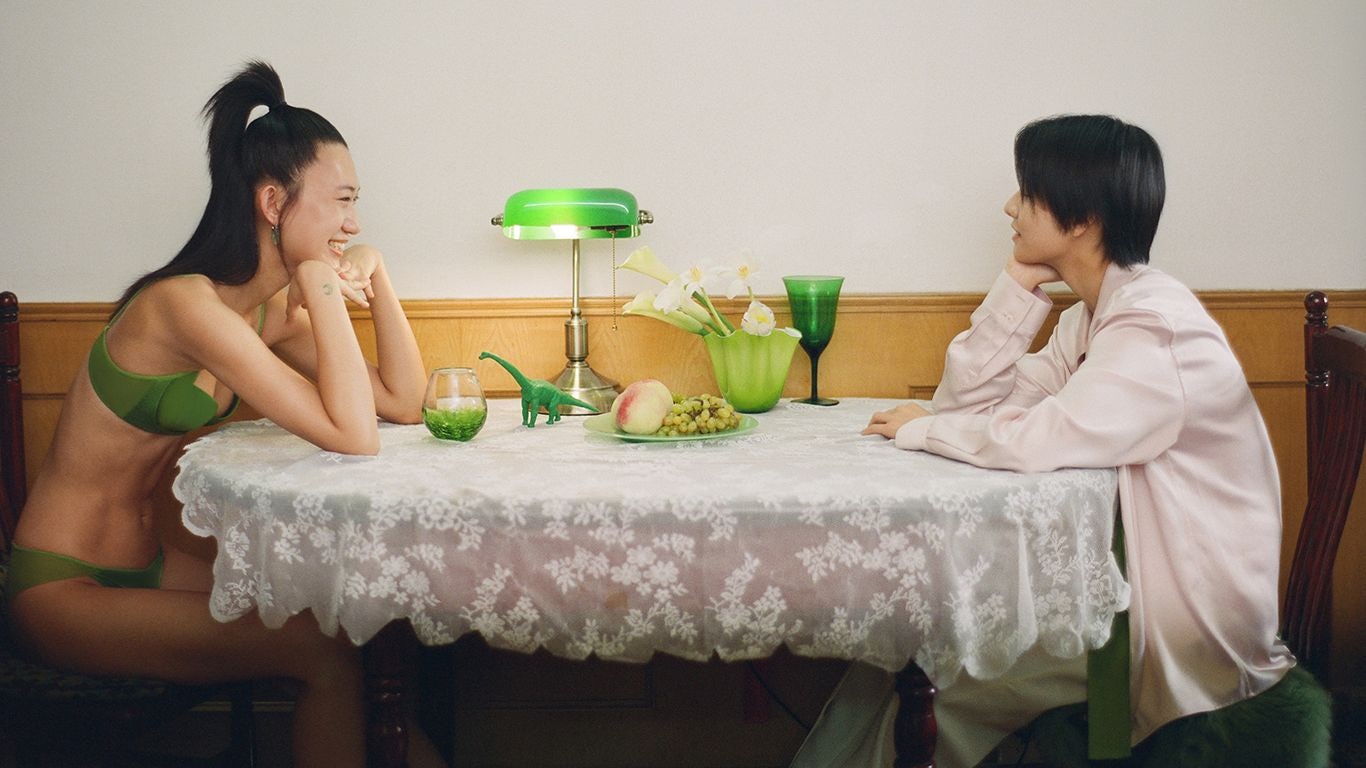Key Takeaways:#
- Analysts predicted that the disparity between luxury shopping inside China and abroad would even out by 2025; that has been accelerated by COVID-19. While online sales of numerous luxury brands have seen double-digit growth in China during the pandemic, niche Western and local brands are threatening market domination.
Successful homegrown brands in specific have revealed vulnerabilities in specific industry sectors; some expected like beauty where local names are making gains. Pricing increases and less transparent shopping journies are starting to chip away at the fanbases of global firms.
- Local gains in the tailoring sector, combined with COVID-19's annihilation of formal wear have meant new hurdles for the tailoring sector. This has pushed heritage names to collaborations with Chinese designers, pivots to formal loungewear, and digital innovation.
A year after the outbreak of COVID-19, China is on fire. So said Patrick Pruniaux, CEO of Kerring’s Girard-Perregaux, to The New York Times. Yes, online sales for numerous luxury brands, from Prada to Hermès, are seeing double-digit growth in China, and accessories sales at 11.11 were ruled by big global conglomerates like Coach and Michael Kors.
However, if luxury brands grasp only one takeaway from 2020, it should be that tastes are changing, and many could get burned. Niche Western luxury names are now topping younger consumers' wishlists on the Mainland, thanks to authentic engagement and more attuned sizing (think of brands like By Far and Manu Atelier.) But China’s local brands are right there, too.
COVID-19 means that Chinese people are now shopping at home, and Boston Consulting Group calculated that overseas spending has dropped to 30 percent. Of course, analysts had anticipated this shift. In fact, Bain & Company predicted that by 2025 the disparity between luxury shopping at home and abroad would even out. The catastrophic events of 2020 only accelerated brands’ inevitable need to focus more on Mainland China. But analysts failed to anticipate how well-equipped domestic brands, conglomerates, and (it must be added) independent designers would be when this time came.
A failure to take stock of these facts means that, as we enter 2021, brands will decrease their overall lifespan and fight harder to maintain their followers and gain new fans. Whether it’s the popularity of dynamic companies like the intimates brand Neiwai or beauty disruptors like Perfect Diary, successful homegrown brands have now revealed vulnerabilities in certain industry sectors. As such, Jing Daily has looked at the beauty, tailoring, and lingerie sectors, all of which are vulnerable to domestic takeovers in China in 2021.
THE VULNERABLE SECTOR: BEAUTY#
The beauty industry in China is the second-biggest market globally and has weathered the COVID-19 storm surprisingly well.
The top slots at the Tmall 11.11 festival still went to global names such as Estée Lauder, Lancôme, L’oreal, and the Korea-based Hou, but mid-range local name Winona came in at No. 9 and Yatsan Global’s darling Perfect Diary at No. 13.
How domestic brands are dominating#
In June 2020, Forbes called Perfect Diary the biggest threat to global cosmetics brands in China. That could be said of many local brands, who have been quicker to position their products in a way that helps their customers with new post-pandemic realities.
One vulnerability for Western brands is competitive pricing. According to research from Chemlinked, many prices are due to go up 10 percent on top names like Chanel, Tom Ford, and Guerlain. In fact, Chemlinked’s Ye Chen posted that several rounds of price increases have made Chinese consumers feel that high-end cosmetics are becoming too expensive.
Tmall remains the main destination for consumers who want to research products and prices. But when it comes to being swayed on their product choices, they are still reliant on China’s beauty influencers. Managing vice president at Gartner, Danielle Bailey, stated that Chinese beauty consumers are heavily influenced by big-name KOLs like Austin Li. Yet, homegrown Chinese brands often have a better knowledge of trending micro-influencers, such as Melilim Fu, who can often yield greater long-term results.
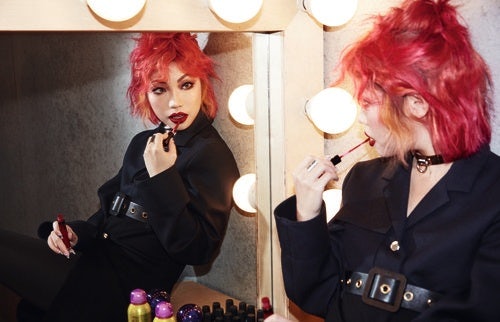
What Western brands should address#
Laura Puricelli, a digital strategist in beauty and cosmetics, outlined several ways that international brands can compete, including personalization, one-on-one beauty advice, transparent storytelling, and a seamless, consistent shopping experience. “The key tech innovations are about AR/VR, like the try-on feature to new color palettes and styles,” she said. “Main in-store innovations are about experiencing the product in-store and buying it online, much like in Sephora and Ulta retail stores in the US and EU.”
She went on to explain why bigger brands, in particular, are having a hard time competing. “In my opinion, for Western beauty brands, there is a polarization between digital native indie brands and traditional big brands in terms of the level of engagement of their audience,” she stated. “Big brands are still struggling to engage customers and lock them into a consistent and transparent shopping journey with sustainable storytelling.”
THE VULNERABLE SECTOR: LINGERIE#
According to CBNData’s Underwear Industry Trends Research, China’s underwear market reached close to 200 billion RMB in 2019. Women’s underwear accounts for more than 60 percent of the total market size and 112 new underwear-based companies were added in 2019 (a 38 percent increase from the year before).
How domestic brands are dominating#
In 2020, lingerie brands that focused on engaged younger consumers have had exceptional growth. Female-backed lines promoting intuitive, unisex fits are upending the industry. Neiwai, which has transitioned from Taobao hopeful to cult leaders, is one of the best examples of this new breed of China’s growing number of labels yet there are many more.
Ubras, a digital-native brand specializing in one-size-fits-all, topped Tmall’s 11.11 sales in lingerie, while Bananain (founded in 2016 by a Shenzhen tech company) became one of Tmall’s top-five performing brands by featuring gender-neutral underwear with bright colors and no skin-scratching labels. Another popular intimates brand, Jiaoxia, has just opened its first store in China with its similarly understated appeal.
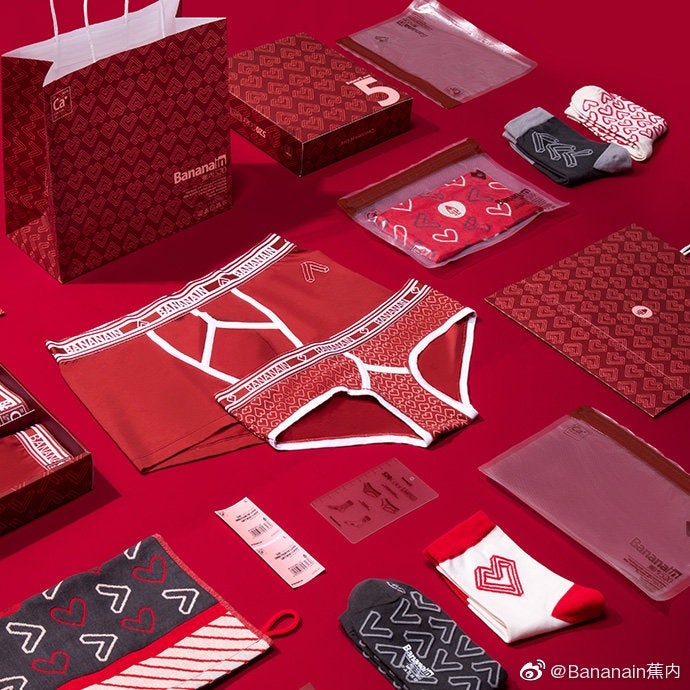
What Western brands should address#
But it’s the disruptive approach to advertising that is worrying global competitors such as Victoria’s Secrets and Agent Provocateur. “Emerging, modern, local brands are offering unique value propositions. Their branding and creative campaign message inspire women to be themselves and be authentic, which resonates with young consumers,” Marketing Consultant Amber Wu explained.
Closer proximity to supply chains, better integration into these local digital infrastructures, and clear value pricing, means homegrown brands are becoming increasingly more attuned to the needs, tastes, and ways of browsing that citizens prefer. Wu’s advice to global names was sharp: “From product offering to marketing content, International brands need to be humble, adapt and localize.”
THE VULNERABLE SECTOR: TAILORING#
Everbright Securities estimated that China's tailoring market would be worth 31 million (200 billion yuan) by 2020 (almost twice that of 2016), and roughly 80 percent of the business would come from the mid-price sector. It accounts for about one-third of the total apparel market and is projected to surpass 95 billion by 2023.
How domestic brands are dominating#
One of the most prestigious landmarks in tailoring Savile Row has been upended by the pandemic. The bespoke suit has long been the preserve of its tailors and is based on human contact and numerous fittings. Though mid-level Chinese names may not yet offer the experience and quality of a Savile Row fit, the ease at which local menswear names are adapting to the market could be cause for concern.
A Tmall ranking for suiting sales in China lists the top three as local names — Youngor, Firs, and Goldlion — while niche companies like Match U are attempting to redefine the tailor-made market through digital initiatives. During 2020, some even diversified, as China’s Xiamen-based luxury label Ms Min launched a relaxed menswear line called Xian Sheng.
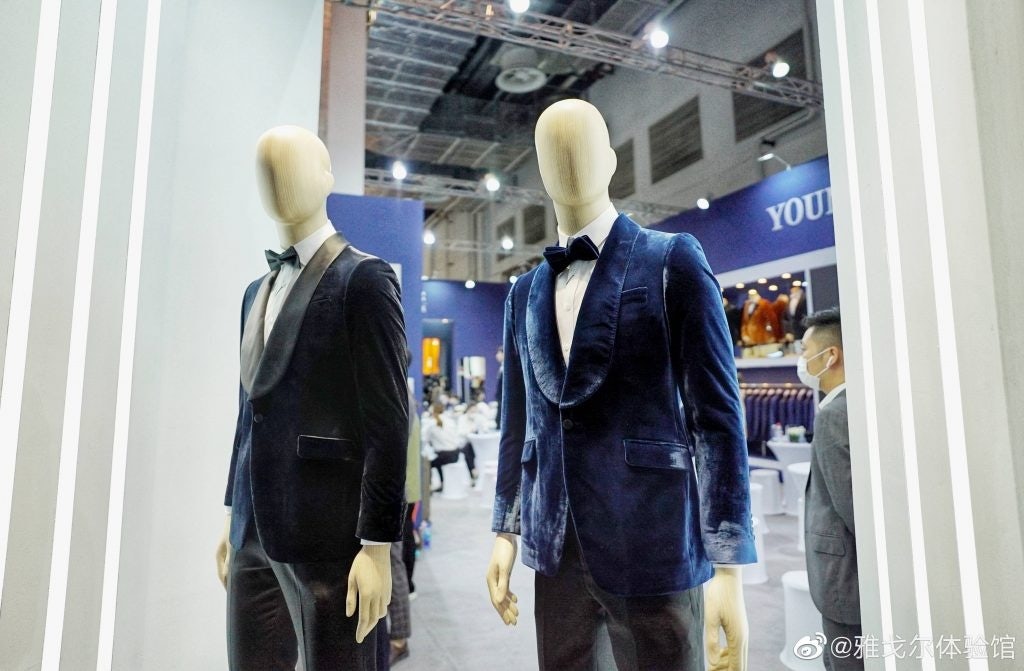
What Western brands should address#
Taj Phull, head of retail at bespoke tailoring atelier Huntsman, said a lack of travel kept his customers from receiving the full Huntsman treatment (from its top-notch customer service to even the distinctive scent of the cutting room). But surprisingly, the lockdown hasn’t hindered sales as much as he had expected.
“We were proactive early on when it came to social and saw an increase of over 20 percent in e-commerce,” he stated. “We think outside of the box and are not afraid to upset the traditional tailoring industry.” This disruption has allowed Huntsman to lead its industry by launching a robot that can measure clients thousands of miles away. Coupling this procedure with video tools lets Huntsman offer a nearly “phydigital” service.
“Everything is more digital in Asia,” he added, “but we have always looked into innovation and pushing the boundaries.” In design terms, this includes a pivot to custom-made loungewear, often with a formal touch. Other luxury tailoring brands such as Canali are teaming up with local designers; it recently announced a capsule with independent favourite 8ON8.
Additional sectors to watch#
While China burns for some luxury brands and sectors, the years ahead will only prove more challenging. The desire for newness and ‘guochao’ is already spreading across additional sectors. For instance, the Mainland is the largest market for Swiss watches in the world. But the rising popularity of Chinese-made watches has become the latest potential threat to the Swiss watch industry.
COVID-19 sent international brands flocking to online platforms in the hundreds, but that isn’t necessarily resulting in sales, as the outbreak has reset many of them to ground level. With little time to waste, luxury leaders must aggressively watch what local brands are coming up within their sector. And with more price increases on the horizon, heritage isn’t necessarily going to be a save-all.
Fashion’s niche brands like the accessories brand Manu Atelier, have the luxury of being reactive to what organically works in the market — and following where it takes them. This is is proving a bonus in an unpredictable and always-shifting landscape.
